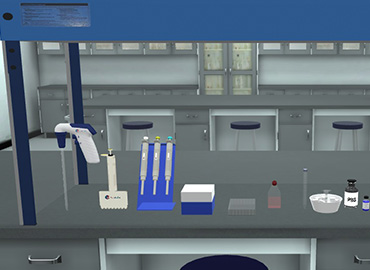In-Vitro Chromosomal Aberration Test
Biology | Toxicology | Biochemistry | Proteomics | Pharmacology






2.5M+
Active Users Worldwide
80%
Improved Learning Retention
60%
Reduction in Laboratory Costs
This chromosome aberration test aims at detecting structural chromosomal aberrations by estimating different classes of chromosome changes scored in metaphase using the light microscope.
In-Vitro screening of Metaphase Chromosomal Aberrations using Light Microscope.
By the end of the in vitro mammalian chromosomal aberration test, the postgraduate student will be able to:




